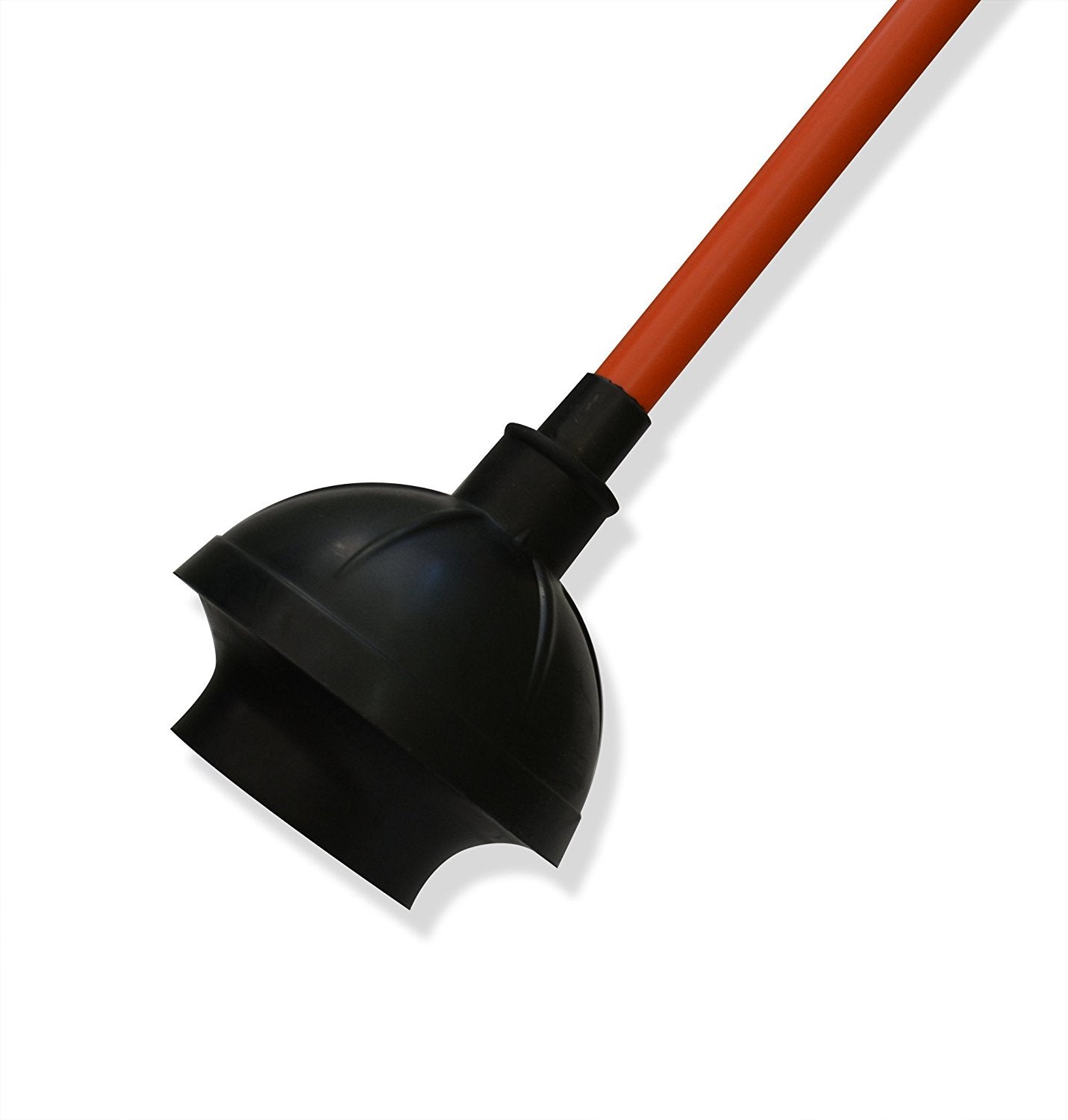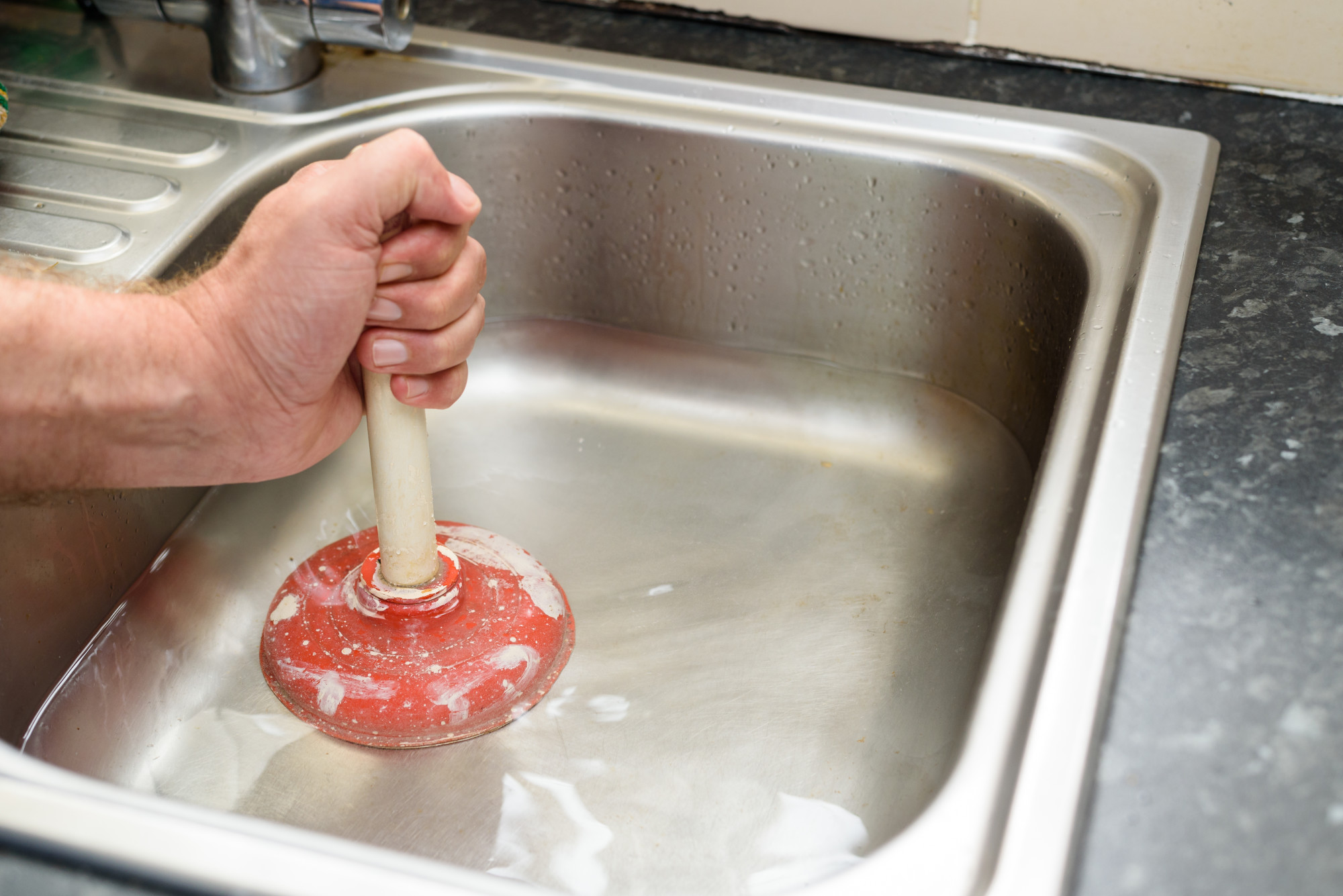Improving Plungers and Drain Cleaner: Pro Strategies
Improving Plungers and Drain Cleaner: Pro Strategies
Blog Article
Right here below you can get additional dependable insights on the subject of How to Unclog Your Sink with a Plunger.

Introduction
Proper maintenance of household drains is important for stopping clogs and making sure smooth water circulation. One of the trick tools in every home owner's toolkit is the plunger, alongside numerous drainpipe cleaners made to tackle persistent obstructions efficiently. This article explores just how to utilize plungers and drain cleansers properly to keep your drains pipes moving freely.
Area 1: Recognizing Bettors
Sorts of Plungers
There are numerous sorts of plungers offered, each developed for different types of drains pipes and clogs. One of the most typical types consist of mug bettors, flange bettors, and accordion plungers.
Exactly How Plungers Job
Bettors deal with the principle of developing stress and suction to dislodge obstructions. When correctly used over a drain, they produce a vacuum cleaner that can pull out debris or separate obstructions.
Picking the Right Plunger
Choosing the ideal bettor depends on the type of drain and the nature of the blockage. Mug bettors are perfect for sinks and bathtubs, while flange plungers are better matched for commodes as a result of their design.
Usual Errors with Plungers
Avoiding these blunders makes certain reliable plunging: improper seal around the drainpipe, insufficient force, and unclear bordering debris.
Section 2: Using Plungers Properly
Preparation
Before plunging, make sure the plunger covers the drainpipe entirely and creates a tight seal. Clear any kind of noticeable debris around the drainpipe opening.
Technique
Beginning with gentle diving motions to construct suction. Rise pressure gradually, utilizing a stable rhythm. Repeat as necessary till the drain gets rid of.
Fixing Tips
If diving does not function, try changing the seal, using petroleum jelly for a far better seal, or utilizing a different kind of plunger.
Area 3: Comprehending Drain Cleansers
Sorts Of Drainpipe Cleaners
Drain pipes cleansers can be chemical or chemical. Chemical cleansers utilize strong chemicals to liquify blockages, while enzymatic cleaners make use of all-natural enzymes to break down organic matter.
Exactly How Drainpipe Cleaners Work
Chemical cleansers react with clogs to liquify them, while enzymatic cleaners break down organic materials like hair and grease without damaging pipes.
Safety and security Factors to consider
Always use handwear covers and eye protection when using chemical drainpipe cleaners. Make certain appropriate ventilation and follow manufacturer directions thoroughly.
Eco-Friendly Alternatives
Consider using vinegar and baking soft drink or enzyme-based cleaners for environmentally friendly alternatives that are more secure for pipes and the atmosphere.
Section 4: Using Drain Cleaners Efficiently
Application Methods
Pour chemical cleansers directly into the drainpipe opening. Enable them to work for the recommended time prior to purging with warm water. Enzymatic cleaners must sit over night.
Safety measures
Prevent mixing various sorts of cleansers, as this can create poisonous fumes. Never ever utilize chemical cleansers together with a plunger, as spilling can happen.
Taking Care Of Persistent Obstructions
For persistent blockages, take into consideration utilizing a pipes snake or calling a specialist plumbing technician to avoid damages to pipelines.
Final thought
In conclusion, comprehending just how to use plungers and drainpipe cleaners properly is vital for maintaining healthy and balanced plumbing systems. By selecting the right tools and strategies, property owners can take on minor blockages and avoid major pipes problems down the line.
How To Properly Use A Plumbing Snake To Clear Drains
When any drain clogs in our home arise, we tend to gravitate toward the plunger and little else. In cases where the plunger and its vacuum-created pressure are not able to clear clogs, many immediately move to harmful chemicals or simply call their plumber to fix the issue.
we’re happy to help with all drain cleaning needs and concerns. This includes informing you on a few other home remedies you may have at your disposal for minor to moderate clogs, one of which is the use of a plumbing snake. Many people have never used one of these before – let’s go over the steps to take when your drain clogs and you have a plumbing snake available.
Attempt Plunger Use
The first step here, as we noted above, should indeed be to grab your plunger when you notice a drain clog and attempt to resolve it this way. If you’re unsure how to use a particular type of plunger, our plumbers can answer any questions you have. If this doesn’t do the trick, however, you move on to the snake.
Locate And Prepare Snake
A plumbing snake is a metal or plastic device that’s generally about a quarter of an inch thick. It’s design with significant extensions, meant to reach down into your clogged drain and push the clog out. Snakes also contain drain augers that will latch onto and push stubborn blockages.
If your plunger doesn’t clear a clog, locate your snake and bring it to the drain in question. We also recommend keeping a bucket nearby to collect the clog once you pull it out, plus we’d advise wearing goggles and possibly protective gloves.
Feed Snake
Once you’re ready to go, feed the snake slowly down the drain, using the crank device it comes with to keep it moving until it finds the clog. Once this happens, much of the clog will be latched onto the coil so you can pull it out, while the rest will simply break up and flow downward.
Detach Debris
Remove the snake slowly from the drain, and once you’ve done so, pick off any debris that’s stuck to the coil. This is another area where wearing gloves is a must.
Flush Drain
Finally, take a few minutes to ensure the snake has done its job correctly. If you’ve been using it on a toilet, flush the toilet a couple times and make sure everything flows well. If you’ve used it on a different drain, flush it with some room temperature water.
https://www.mybuddytheplumber.com/blog/how-to-properly-use-a-plumbing-snake-to-clear-drains/

Application Methods
Pour chemical cleansers directly into the drainpipe opening. Enable them to work for the recommended time prior to purging with warm water. Enzymatic cleaners must sit over night.
Safety measures
Prevent mixing various sorts of cleansers, as this can create poisonous fumes. Never ever utilize chemical cleansers together with a plunger, as spilling can happen.
Taking Care Of Persistent Obstructions
For persistent blockages, take into consideration utilizing a pipes snake or calling a specialist plumbing technician to avoid damages to pipelines.
Final thought
In conclusion, comprehending just how to use plungers and drainpipe cleaners properly is vital for maintaining healthy and balanced plumbing systems. By selecting the right tools and strategies, property owners can take on minor blockages and avoid major pipes problems down the line.
How To Properly Use A Plumbing Snake To Clear Drains
When any drain clogs in our home arise, we tend to gravitate toward the plunger and little else. In cases where the plunger and its vacuum-created pressure are not able to clear clogs, many immediately move to harmful chemicals or simply call their plumber to fix the issue.
we’re happy to help with all drain cleaning needs and concerns. This includes informing you on a few other home remedies you may have at your disposal for minor to moderate clogs, one of which is the use of a plumbing snake. Many people have never used one of these before – let’s go over the steps to take when your drain clogs and you have a plumbing snake available.
Attempt Plunger Use
The first step here, as we noted above, should indeed be to grab your plunger when you notice a drain clog and attempt to resolve it this way. If you’re unsure how to use a particular type of plunger, our plumbers can answer any questions you have. If this doesn’t do the trick, however, you move on to the snake.
Locate And Prepare Snake
A plumbing snake is a metal or plastic device that’s generally about a quarter of an inch thick. It’s design with significant extensions, meant to reach down into your clogged drain and push the clog out. Snakes also contain drain augers that will latch onto and push stubborn blockages.
If your plunger doesn’t clear a clog, locate your snake and bring it to the drain in question. We also recommend keeping a bucket nearby to collect the clog once you pull it out, plus we’d advise wearing goggles and possibly protective gloves.
Feed Snake
Once you’re ready to go, feed the snake slowly down the drain, using the crank device it comes with to keep it moving until it finds the clog. Once this happens, much of the clog will be latched onto the coil so you can pull it out, while the rest will simply break up and flow downward.
Detach Debris
Remove the snake slowly from the drain, and once you’ve done so, pick off any debris that’s stuck to the coil. This is another area where wearing gloves is a must.
Flush Drain
Finally, take a few minutes to ensure the snake has done its job correctly. If you’ve been using it on a toilet, flush the toilet a couple times and make sure everything flows well. If you’ve used it on a different drain, flush it with some room temperature water.
https://www.mybuddytheplumber.com/blog/how-to-properly-use-a-plumbing-snake-to-clear-drains/

I ran across that entry on How to Unclog Your Sink with a Plunger when browsing on the internet. Are you aware of another person who is intrigued by the niche? Why not promote it. We truly appreciate your readership.
Call Today Report this page